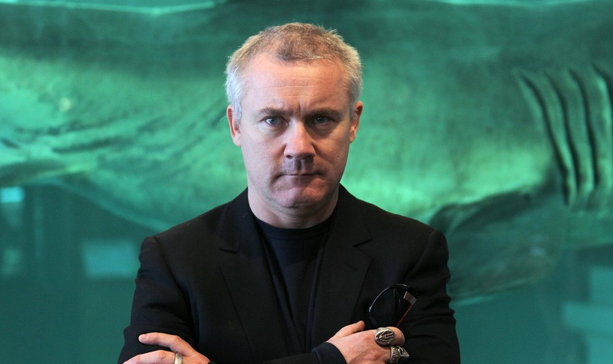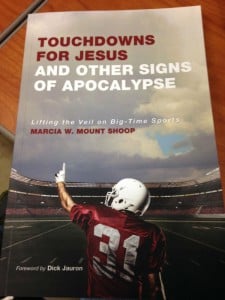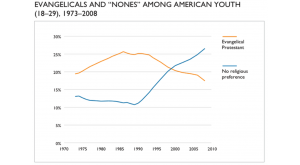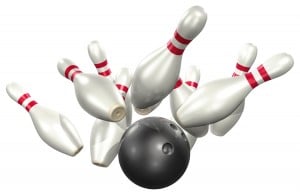The market for artist Damien Hirst’s work seems to have bottomed out. And those who find his stuffed sharks, bejeweled skulls, and dot paintings overhyped and unjustifiable are delighted. The invisible hand of the art market has finally pulled back the curtain, they will say, revealing Hirst to be the sham they all thought he was in the first place. I admire Hirst’s work and feel that it possesses a depth that is often overlooked by both his supporters and detractors. And although I have long defended his work in the theological circles in which I run, I too was delighted to learn of Hirst’s failure.
Few influential collectors truly collect art. Most speculate. In other words, they buy to sell at a profit. They are constantly on the lookout for young, “emerging” artists in which they can “invest,” which means that they acquire several works for several thousand dollars, which encourages (i.e., pressures) their collector-friends (i.e. rivals or disciples) to follow suit. With their dealers and a train of museum curators, these collectors work to create value and maintain scarcity. Several high-profile museum exhibitions and some scholarly work on the artist’s art historical importance later, the influential collector will begin to sell the work at auction, hopefully at a large profit, or gift art work to museums, which offer intangible profits that only cultural benefactors can earn.
The artist’s value is determined not by how much a collector paid for the work at a gallery that represents the artist, but how much the collector is able to sell it for, usually at auction. This is the secondary market. Everyone involved—artist, dealer, collector—knows this and they work hard to manage the auctions, which are gracefully choreographed theatrical performances that hide the bloody and brutal fight club of the secondary market.
What does this excursus on the auctions have to do with Hirst and his market failure?
The art market is not an accurate indicator of an artist’s value. It was an inaccurate gauge to justify Hirst’s value when he was hot. And it is just as inaccurate now that he is not.
Andy Warhol famously said that in the future everyone will be famous for fifteen minutes. Hirst seems to know that his are approaching their end. And this is not such a bad thing as he enters into his most creatively productive years, the years of an artist’s life with which collectors and dealers historically have had such notorious difficulty. I admire Hirst’s commitment to his studio practice and I find much of his work aesthetically and theologically profound, but it was too easily lost amidst the accoutrements of his notorious celebrity.
His art market failure has freed Hirst from a twenty-five year sentence as an artworld “provocateur” and all of the pressure to maintain his work’s value through it. If he chooses to accept his parole and embrace his freedom, Hirst might get down to the business of producing work that explores emotional and existential territory at which his work to this point has only offered passing glances.
Hirst’s art world failure just might be the best thing that ever happened to him as a human being. And that can only benefit his art.












